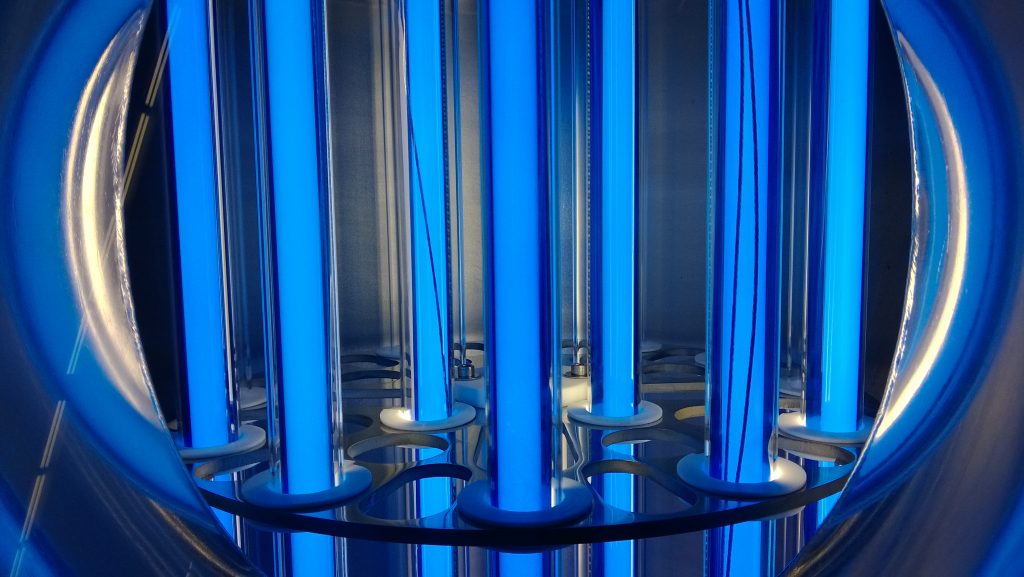Chlorine based water treatment vs UV based water treatment
Traditionally, water has been disinfected by using chlorine. It is a cheap method but caution must be taken when dealing with highly toxic chemicals during transport, storage and daily operation.
In the water treatment industry a lot of people have the impression that disinfection with chlorination much cheaper that using UV, that it is hard to control the UV dosing, that maintenance is time demanding for UV and the power consumption if very high for the UV. The UV technology has however improved over the years and validation standards have been implemented so it means that UV actually is more advantageous than chlorination.
The newest UV technology involves hydraulic optimization of the reactor and also the controls have been improved and it means that the power requirements per volume of treated water are reduced to a minimum.
The reaction time for UV to kill target organisms is short. During disinfection the water only needs to pass the UV reactor one time. The water quality (chemical and physical) is not affected by the UV.
Some useful facts
- Chlorination requires transport and handling of toxic chemicals whereas UV is easy and safe to operate.
- Storage of chlorine often requires special storage – a UV can be installed both indoor and in open air, no chemicals are needed.
- When chlorine is used the process generates carcinogenic byproducts (trihalomethanes) – UV does not generate any byproducts.
